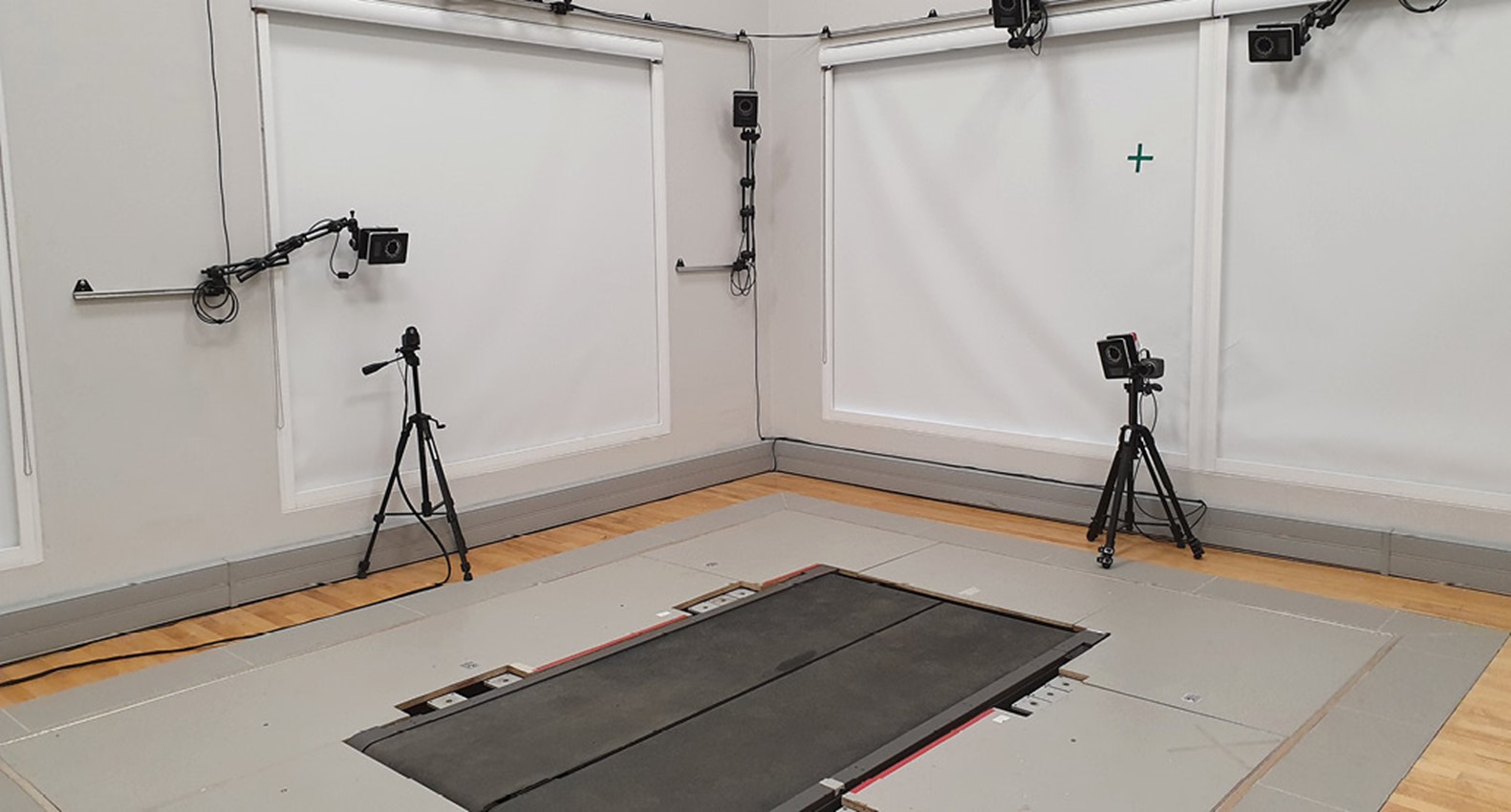The peak fat oxidation rate can be measured by our equipment during a submaximal exercise test and the intensity of exercise at which it occurs can be identified. This allows us to generate a training programme that is aimed at burning largely fat and is individualized to your physiology.
 What does the test involve?
What does the test involve?
This is a submaximal waking/jogging test that takes place on a treadmill whilst your oxygen consumption is measured. You will complete a short warmup where after you will complete 3 minute stages of submaximal walking/jogging, whilst wearing the gas mask for the Cortex CPET gas analyser. This gas mask is connected to the Cortex CPET gas analyser and measures the breathing rate and concentration of oxygen and carbon dioxide in your breath allowing for the determination of which substrate (fat or carbohydrate) is being burned. We will also attach a heart rate monitor strap to you which will give the heart rate intensity at which the greatest fat burning is taking place.
What will you get?
You will receive a report indicating your fat max intensity and these results will be discussed with you. Furthermore, you will receive counselling on how to train and at which heart rate to train in order to burn the most fat.

How long will it take?
This test will take about 1 hour. This will include a 5 to 10 minute warm-up, the testing procedures will last about 20 minutes and then finally a discussion about the results and the report generated from the test.
What should you do/bring?
There are a few things that you need to keep in mind when preparing for the fat burner test. Firstly, you need to bring your running clothes and running shoes. You also need to comply with the following pre-test specifications:
No eating or drinking 2-3 hours before the test
No alcohol or caffeine 12 hours before the test
No strenuous exercise 24 hours before the test
References
Cao, L., et al. (2019). Exercise training at maximal fat oxidation intensity for overweight or obese older women: a randomized study. Journal of Sports Science and Medicine 18:413-418

